

When Marian was Married(1911)
Silent, b&w, 35 mm.
Movie: When Marian was Married

When Marian was Married
HomePage
Overview
Silent, b&w, 35 mm.
Release Date
1911-01-01
Average
0
Rating:
0.0 startsTagline
Genres
Languages:
Keywords
Similar Movies
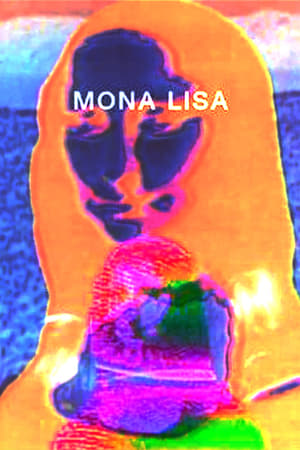 5.6
5.6Mona Lisa(ja)
An experimental short film from Toshio Matsumoto featuring Mona Lisa.
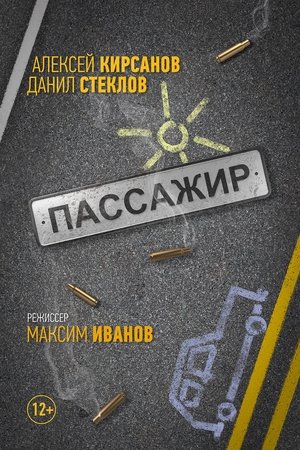 0.0
0.0Passenger(ru)
A traffic light. A red signal. A masked guy jumps into the car of a young man. He points a pistol at the driver and shouts: “Go!”. The guy has a bag full of money. When the driver looks around at him, the robber points the pistol at him, and the car gets involved in an accident. After a stop on the roadside a small child starts to cry on the back seat.
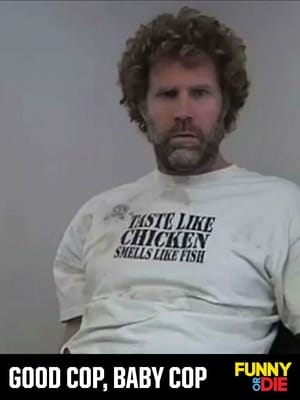 6.1
6.1Good Cop, Baby Cop(en)
A man is who has shot people is being beat up by a baby cop named Angel
Dinner with Holly(en)
A young couple plans to spice up their love life when their friend, Holly, comes over for dinner.
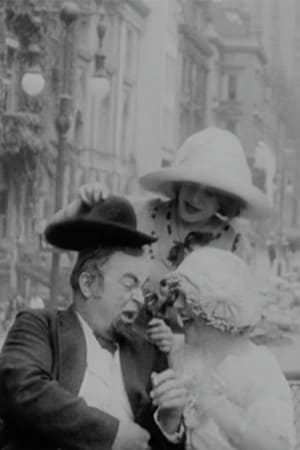 0.0
0.0Josh's Suicide(en)
Josh doesn't like the way things go at home and decides to quit and get out. Later, his wife gets what purports to be his farewell letter, which is intended to lead her to believe he has committed suicide. He, however, goes to New York to have a good time, and he does, "by gosh." The wife, believing herself a widow, makes a trip to New York with her admirer. Well, you may guess the rest.
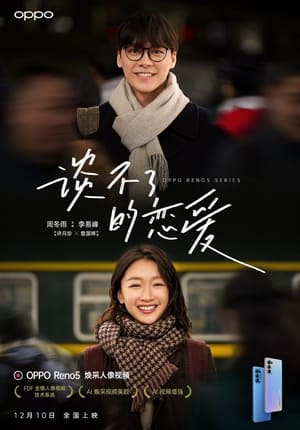 0.0
0.0Unspeakable Love(zh)
A pair of deaf-mute lovers who met through the Internet. The two share each other's lives through mobile phones, and finally meet at the train station through the sea of people.
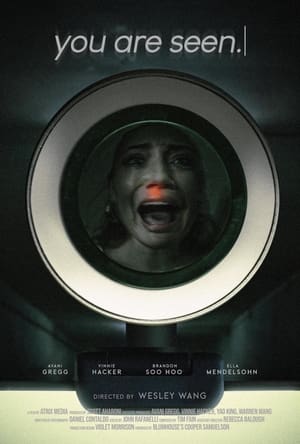 6.0
6.0you are seen.(en)
Influencers on a Hamptons trip are terrorized by a mysterious online stalker.
 0.0
0.0Understanding Movies(ko)
Ji-han's set for graduation film. It is not as easy as it feels to devote all the production techniques that he have learned in school for four years. There was a man who appeared like a savior at the time, Louis Giannetti, the author of the movie Understanding! However, he begins to interfere with the filming site by cutting in on Ji-han's production of everything.
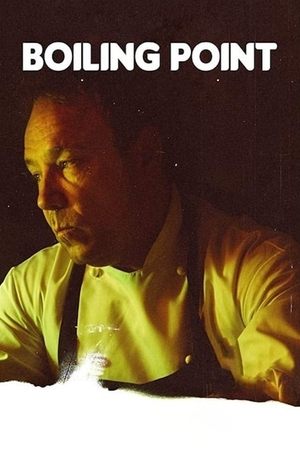 7.4
7.4Boiling Point(en)
During the busy run-up to Christmas, a single-take snapshot of the immense stress and skills of a talented head chef reveals that things are about to burst behind the restaurant's flash façade.
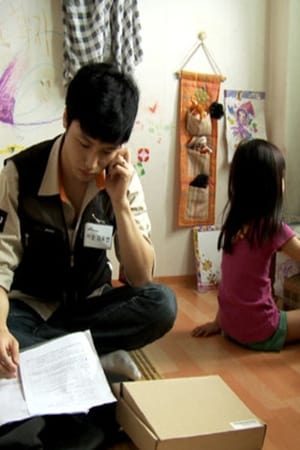 8.0
8.0Working on Saturday(ko)
Do-yeon, an Internet installer, meets a young girl who is guarding her house alone at an applicant's house. Do-yeon could not leave her alone
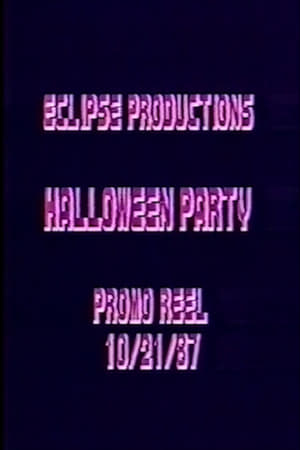 0.0
0.0Halloween Party(en)
Eight-minute promotional reel for Night of the Demons (1988), which was shown to potential distributors in 1987. This short version of the film was later re-released by Shout! Factory in 2023 to coincide with their new 4K restoration.
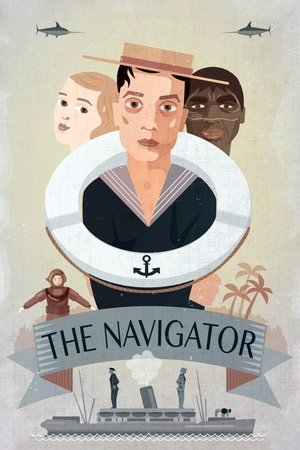 7.1
7.1The Navigator(en)
The wealthy and impulsive Rollo Treadway decides to propose to his beautiful socialite neighbor, Betsy O'Brien. Although Betsy turns Rollo down, he still opts to go on the cruise that he intended as their honeymoon. When circumstances find both Rollo and Betsy on the wrong ship, they end up having adventures on the high seas.
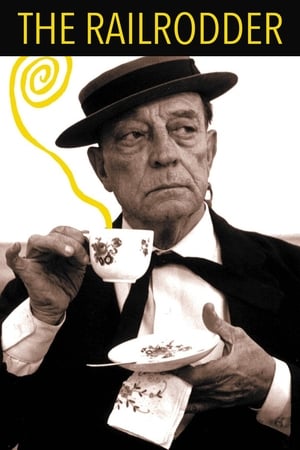 6.6
6.6The Railrodder(en)
After literally swimming across the Atlantic Ocean, an Englishman takes a country trip across Canada on a railcar.
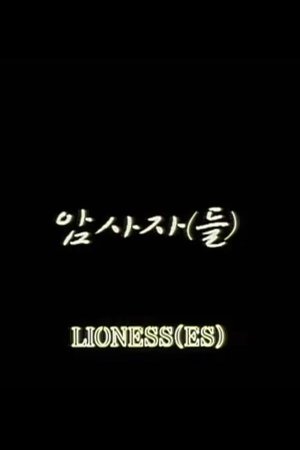 0.0
0.0Lioness(es)(ko)
In a cattle market Jung-Hee, a butcher, escapes from her abusive husband, Sung-Chil, who gambles and even beats her. Neighbors who pity the situation suggest that she eat meat to be strong.
 0.0
0.0The Level Crossing-keeper(fr)
Level crossing-keeper on an abandoned road, an old lady lives alone with her cow. She fills her loneliness by the tenderness she feels for her pretty cow and she escapes by playing the violin. Until one day she decides to stop the trains...
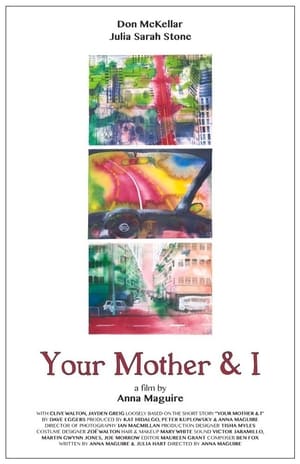 5.1
5.1Your Mother and I(en)
Johnna's dad changed the world. Or so he says. Whilst Johnna and her dad are talking, they can't seem to connect, each growing more and more frustrated with one another, revolving around one another in their own orbits.
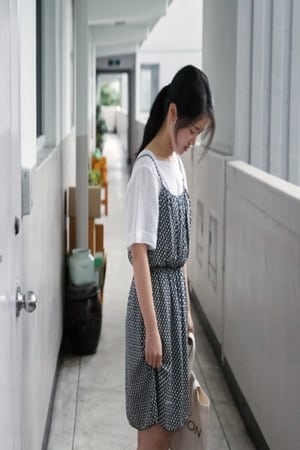 0.0
0.02nights 3days(ko)
Ji-eun goes to Min-kyu's house to celebrate their second anniversary with her boyfriend Min-kyu. But Min-kyu notifies Ji-eun of parting. Unable to accept a sudden breakup, Ji-eun starts a strange cohabitation with Mingyu's family without leaving the place.
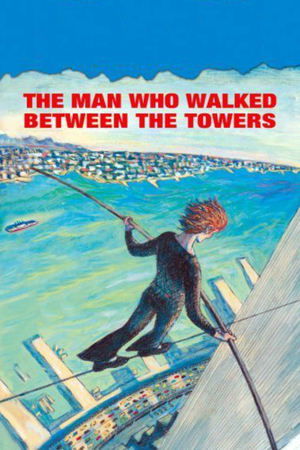 6.8
6.8The Man Who Walked Between the Towers(en)
One of the most exciting and memorable stories in the history of the World Trade Towers is that of Philippe Petit, a French man who walked a tightrope between the massive monuments in 1974. Narrated by Oscar nominee Jake Gyllenhaal, this is an animated adaptation of the lyrical Caldecott Award-winning book by Mordecai Gerstein. Directed and animated by Michael Sporn, with music by Michael Bacon (of the Bacon Brothers).
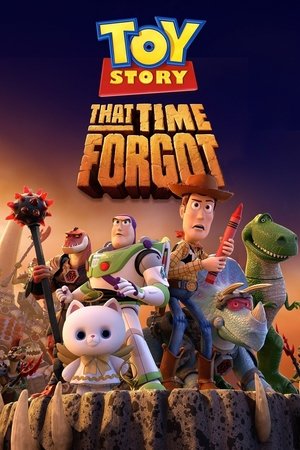 7.0
7.0Toy Story That Time Forgot(en)
During a post-Christmas play date, the gang find themselves in uncharted territory when the coolest set of action figures ever turn out to be dangerously delusional. It's all up to Trixie, the triceratops, if the gang hopes to return to Bonnie's room in this Toy Story That Time Forgot.
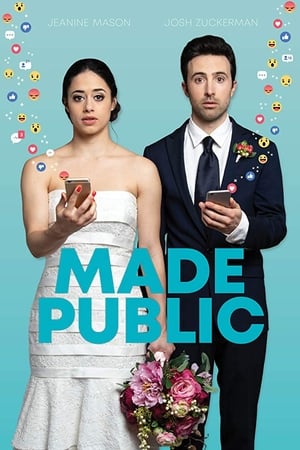 6.2
6.2Made Public(en)
On the eve of his wedding day, a groom's cold feet go viral, forcing him and his bride to rely on the court of public opinion to save-or destroy-their marriage.